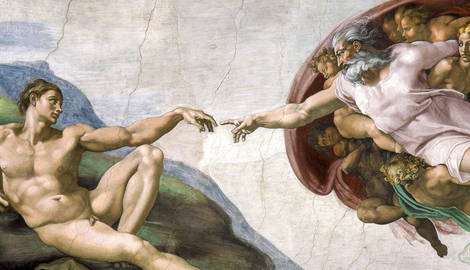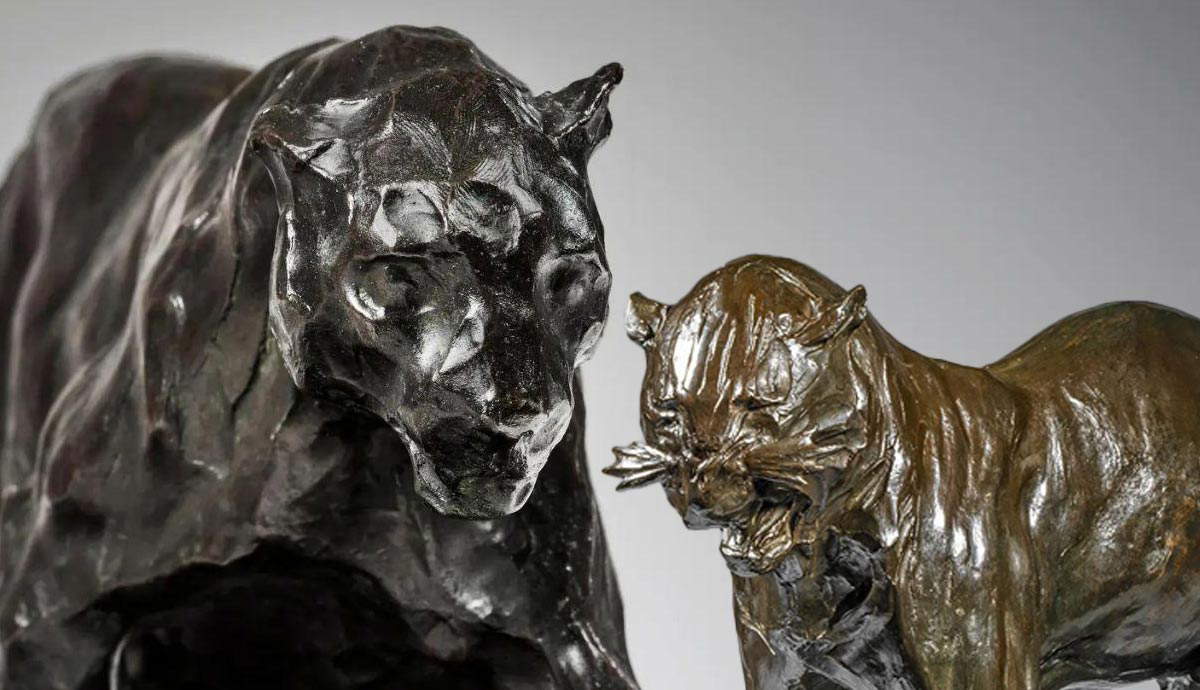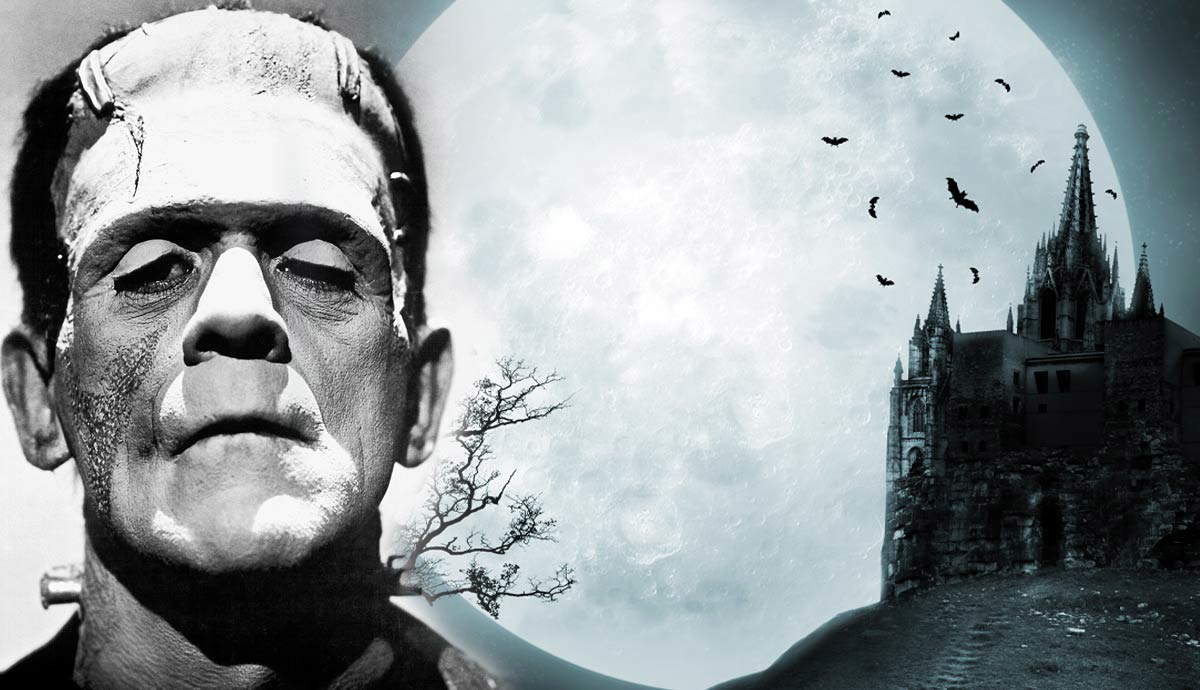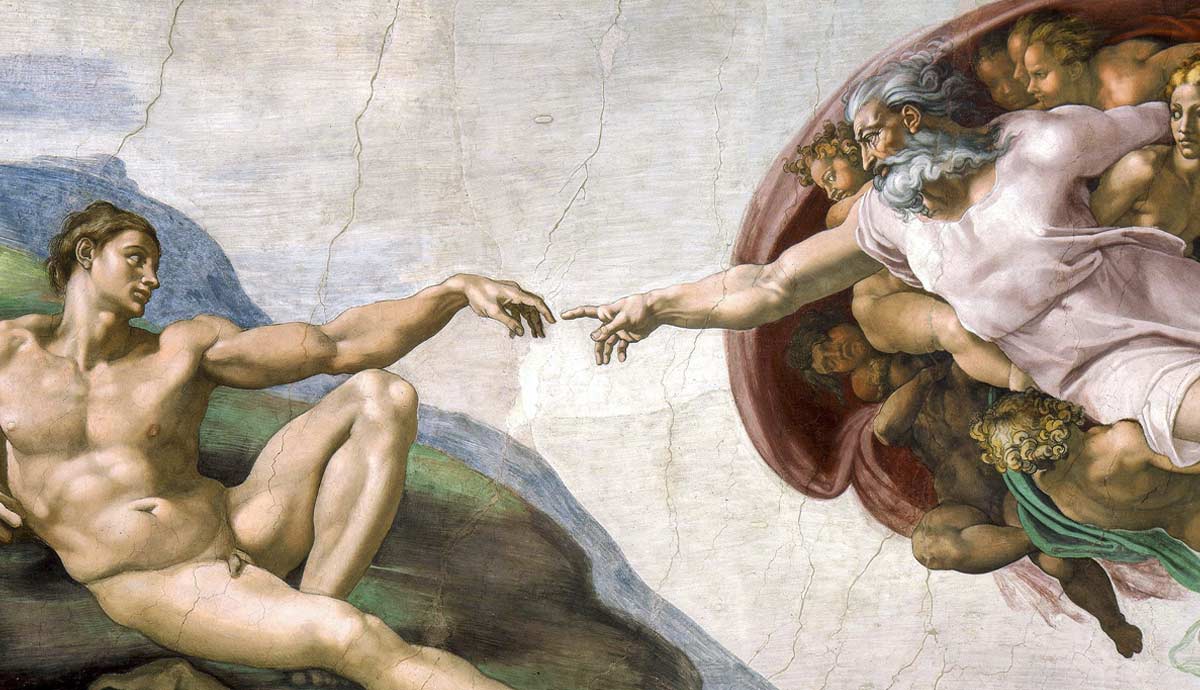
Michelangelo Buonarroti was one of the most famous and celebrated sculptors and painters in the global history of art. Without his magnificent David or moving Pietà, the course of art over the past few centuries would be unimaginable. Read on to get familiar with the most important works made by the famous Italian artist and the circumstances of their commission.
1. David: The Most Famous Sculptural Creation of Michelangelo

The Old Testament story of David tells the story of a young boy who defeated the giant Goliath using his wit and a sling with a stone in it. In a striking contrast to Donatello’s David, which showed the hero as a young shepherd, Michelangelo sculpted him as a grown, muscular man. Although such an image went against the original Biblical story, it represented David both in preparation for his heroic act, and after it, as he became the king of Israel and Judah.
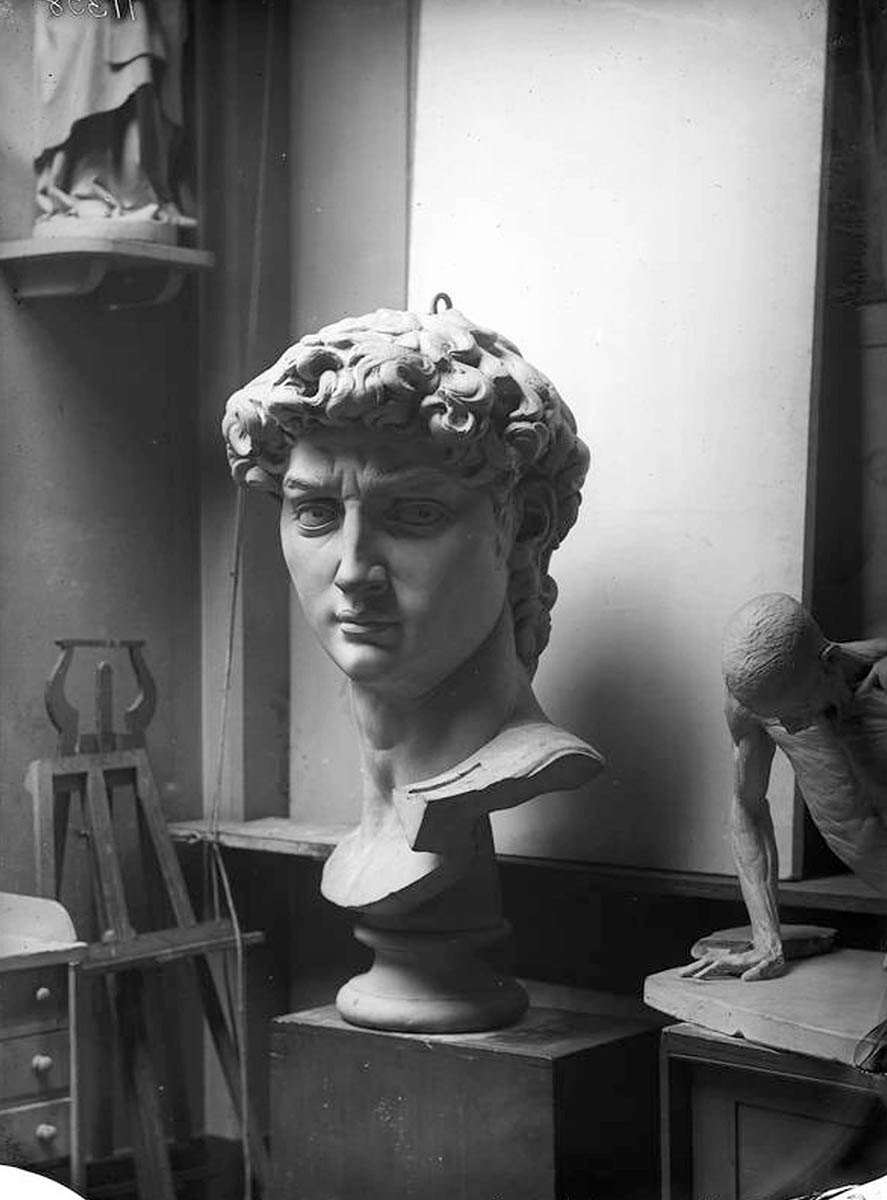
The history of David as a sculpture was not an easy one. Originally, the work was commissioned to another sculptor who abandoned the giant piece of Carrara marble after barely starting to sculpt the figure’s legs. Michelangelo’s predecessor left behind an object that was too precious and huge to be simply discarded, yet too damaged for most sculptors to approach.
Michelangelo, who was only 25 years old at the time, saw the potential in the distorted form and produced his masterpiece in less than three years. After the work was presented in Florence in June 1504, the authorities immediately recognized it as a powerful political symbol. At the time, Italy did not exist as a state, and instead consisted of a wide array of city-states and territories constantly at war with each other and neighboring countries. The image of a young man defeating his giant enemy using his skill and wit became the perfect tool for Florentine political propaganda.
2. Moses
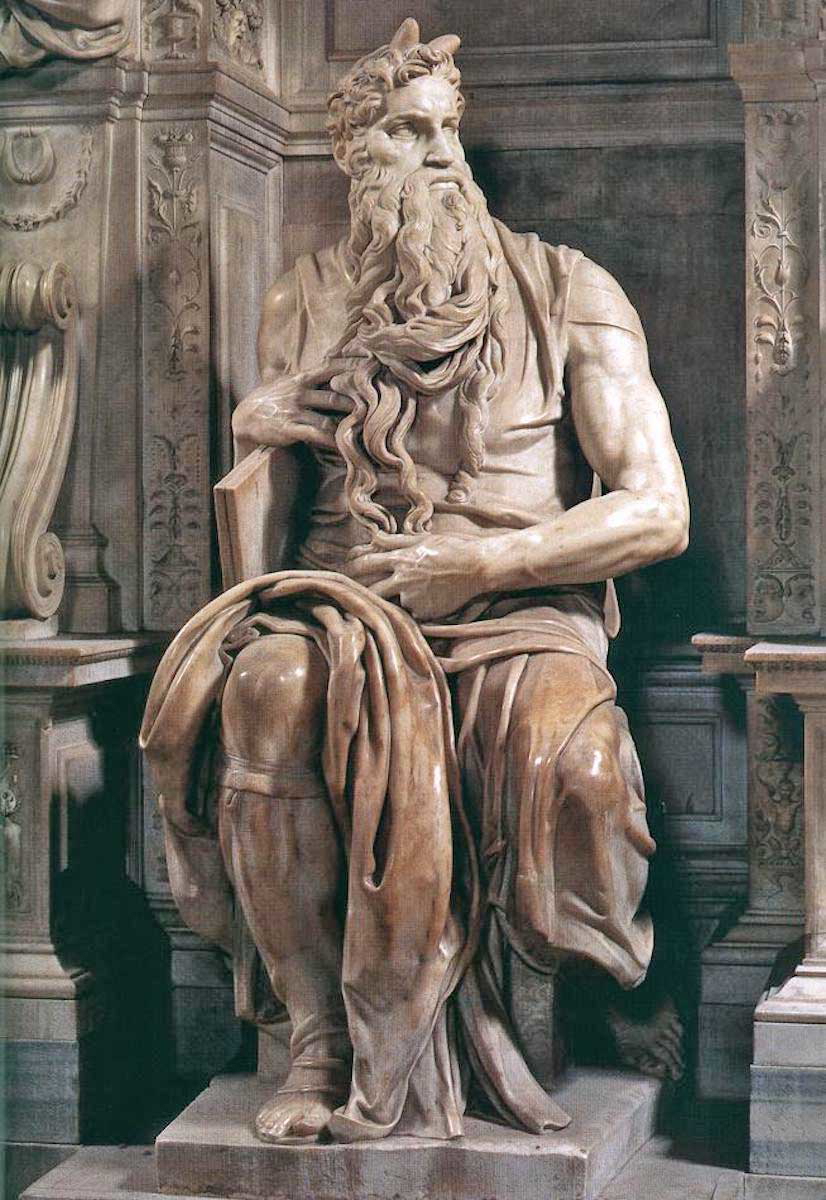
One of the most famous artworks in Michelangelo’s career was also an illustration of a popular iconographic misconception caused by a mistake in translation. The depiction was an original and atypical one: Michelangelo sculpted the Biblical hero as a wise old man filled with wrath over his people losing their faith in God. As the legend about the work tells, after finishing Moses, Michelangelo was so shocked by the realism of his own creation that he struck the figure’s knee with his hammer, demanding it to speak. Although there is no direct proof for the story, Moses indeed has a mark on his right knee that could have been left by the sculptor’s instrument.
The most curious detail about Moses, however, is a pair of horns that seems to have no place in the depiction of such a revered figure. In Christian tradition, horns, just like tails and hooves, are symbols of demonic nature. The horned Moses appeared in Christian iconography due to a mistake made by a person translating the Bible from Hebrew. The original text stated that people had trouble looking at Moses’ face due to the rays of divine light surrounding his face that symbolized his holiness. However, as Hebrew does not use vowels, the set of consonants written to signify these rays could also be read and translated as horns. This mistake led to the emergence of an entire iconographic layer that featured Moses with a pair of horns, varying in size.
3. The Tomb of Pope Julius II

The sculpture of Moses was part of a larger ensemble, the tomb of Pope Julius II, commissioned in 1505, while the Pope was still alive and well. Some Renaissance art experts name this project the greatest disappointment of Michelangelo’s career due to its final result being drastically different from his original monumental vision. Initially, Michelangelo proposed a three-level composition with forty-seven sculptures in it, including Moses.
However, after approving the design, the Pope soon halted the commission, most likely convinced by someone that it was bad luck to build one’s tomb while they were still alive. After the Pope died in 1513, the negotiations and doubts about the project continued for two more decades, until 1532, when the complex design was transformed into a simple tomb with just three sculptures made by Michelangelo and his assistants. The deceased Pope was interred not inside the tomb designed for him, but right next to it.
4. Michelangelo’s Pieta

Among Michelangelo’s masterpieces, a special place is reserved for the Pieta. This heartbreaking scene shows the Virgin Mary holding her deceased son in her arms. The motif of Mary lamenting Jesus Christ was not novel in Michelangelo’s time, but the emotional intensity of the work struck even those who were familiar with other examples. Michelangelo received this commission when he was only 21, and he completed the work in just one year.
During the centuries after its completion, the Pieta has become the blueprint image for artistic representations of grief and sorrow, especially that related to motherhood and parent-child relationships. It was reinvented by countless artists, from Vincent van Gogh to Marina Abramovic.
5. Dying Slave

The series of sculptures of young slaves was created by Michelangelo as part of the Tomb of Julius II, and was initially supposed to stand next to a similar sculpture, titled Rebellious Slave. However, due to the project’s transformation, the sculptures ended up as separate sculptural pieces. The two sculptures represented eroticized and idealized images of young athletic men, inspired by sculptures of Antiquity. Although they are traditionally recognized as images of slaves, the exact concept behind them is still unclear. According to Giorgio Vasari, the slaves were supposed to represent the regions that were subdued by the Pope and his forces.
6. Awakening Slave
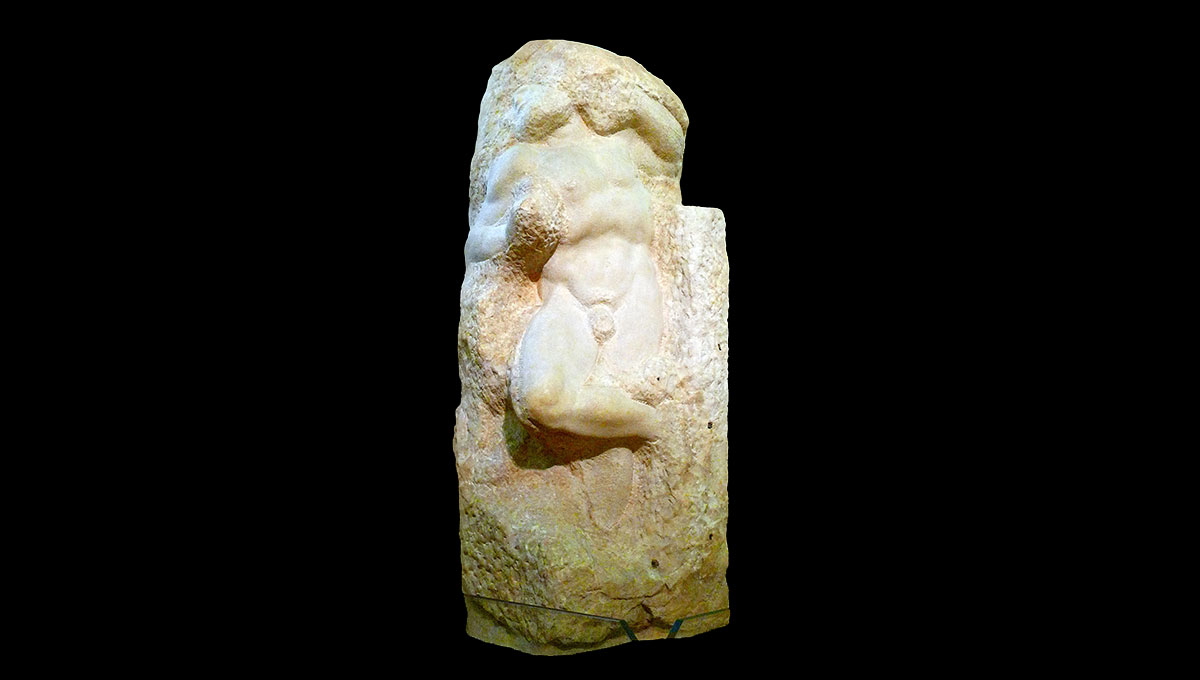
The sculpture of the Awakening Slave was part of the Tomb project as well, yet was left unfinished. However, the incompleteness of the piece became its significant feature rather than its flow. Michelangelo allegedly said that any sculpture was already completed before he started his work. All the sculptor needed was to free the figure by chiseling away the excess marble.
7. The Sistine Chapel Ceiling

Apart from working with sculpture, Michelangelo was a gifted painter. Undoubtedly, his most famous work was the interior of the Sistine Chapel in the Vatican City. Initially, he took the commission right after Pope Julius II decided to pause the work on his tomb. Some art historians say that the idea to offer Michelangelo the Sistine Chapel project was lobbied for by a group of his rivals. They believed that the artist would fail to execute such a large-scale project and would flee Rome in humiliation. However, he managed to succeed despite having little experience working as a painter on commission.
The Sistine Chapel is also the location for the Conclave, the gathering of the Catholic Church cardinals during which they select the new Pope after his predecessor dies. For the duration of the Conclave, the cardinals are cut off from the external world and they are not allowed to leave the building. Each day, the cardinals go through four rounds of voting until the new Pope is elected. Only after reaching a decision are they allowed to leave the Vatican and communicate with the outside world.
8. The Last Judgement
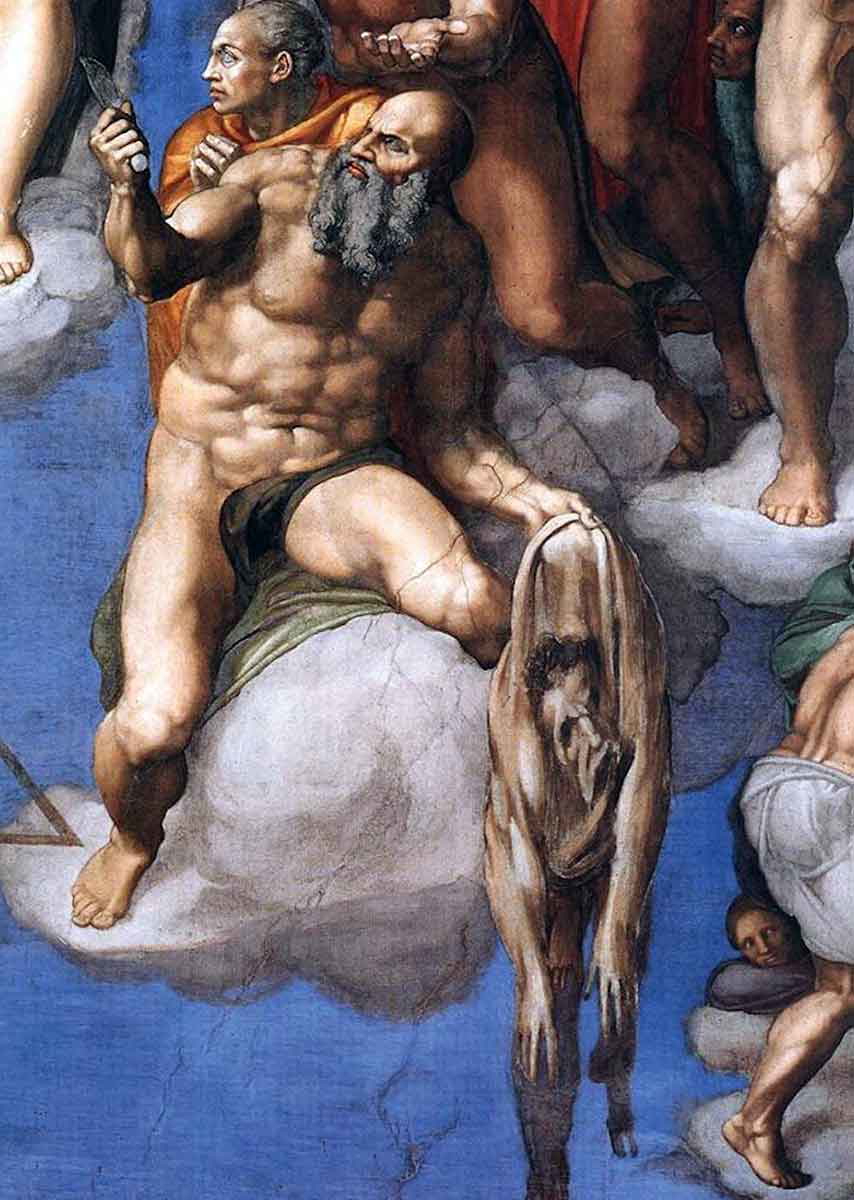
The task of creating his greatest painted masterpiece was not easy for Michelangelo. In fact, he hated this project with passion. He spent weeks and months with his head thrown back painting the ceiling, with toxic paint dripping over his face and intense back pains that intensified day after day. To reach the ceiling, he had to build special cradles and scaffolding that would allow him to stand. According to art historians, the walls of the Sistine Chapel still retain the holes left by the hooks that held the scaffolding.
Annoyed by the hard work and the commissioners’ demands, he allegedly left a self-portrait in the Last Judgment fresco. Many art historians believe that Michelangelo painted himself as St Bartholomew. According to an apocryphal story, Apostle Bartholomew was crucified and then flayed for preaching his faith. Some other art experts, however, believe this was not a self-portrait, but an image of one of Michelangelo’s rivals who wanted him to fail. The Sistine Chapel paintings create a complex illusory space with vaults, windows, and architectural elements tricking the eye of the viewer.
9. The Torment of Saint Anthony

Allegedly, Michelangelo painted The Torment of Saint Anthony when he was in his early teens. The composition seems atypical for Michelangelo, not only due to the artist’s limited experience, but also because it was a copy of a black-and-white engraving by Martin Schongauer, the Alsatian master of engravings. Many researchers actually doubt the attribution of this work.
10. The Controversial Sculpture by Michelangelo
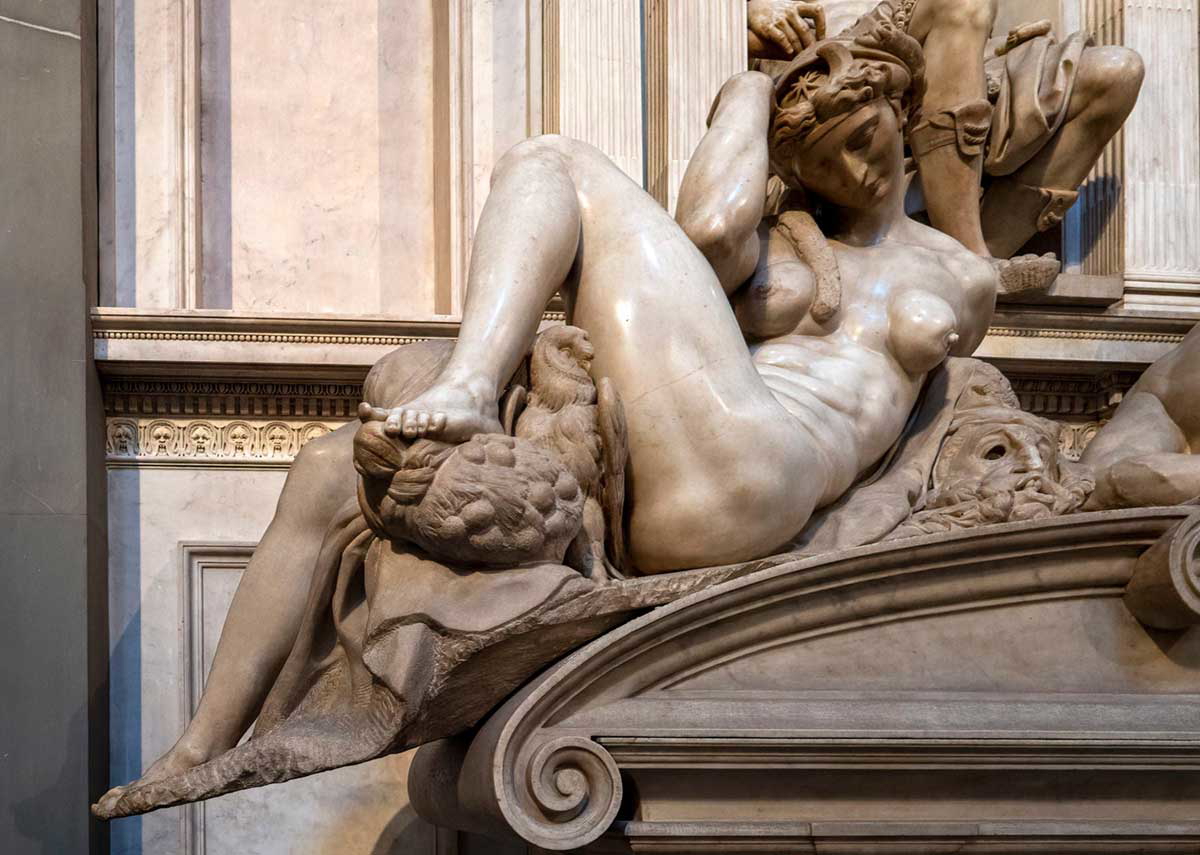
The famous Night was part of the sculptural ensemble Michelangelo designed for the tomb of Giuliano Medici in Florence. The sculpture representing a nude woman, despite the mastery of its creator, still continues to provoke discussion and bewilderment due to its anatomical oddities. It looks like the body was initially modeled after a man, with Michelangelo adding strangely shaped female breasts only later in his work. Some art historians see it as an indirect proof of Michelangelo’s homosexuality, while others speculate that his female model had a particular form of breast cancer.
11. Rondanini Pieta: The Last Work by Michelangelo

Michelangelo spent the last 12 years of his life working on a sculpture known as the Rondanini Pieta. The complex sculpture represented the scene of Christ’s deposition from the cross, as well as the Virgin Mary’s lamenting her son. Some researchers see Rondanini Pieta as an unfinished work, while others insist it was a nod to Medieval visual culture. Contrary to the traditions of Antiquity, the art of the Middle Ages was willing to sacrifice realism to achieve uniquely expressive and emotionally impactful compositions.
